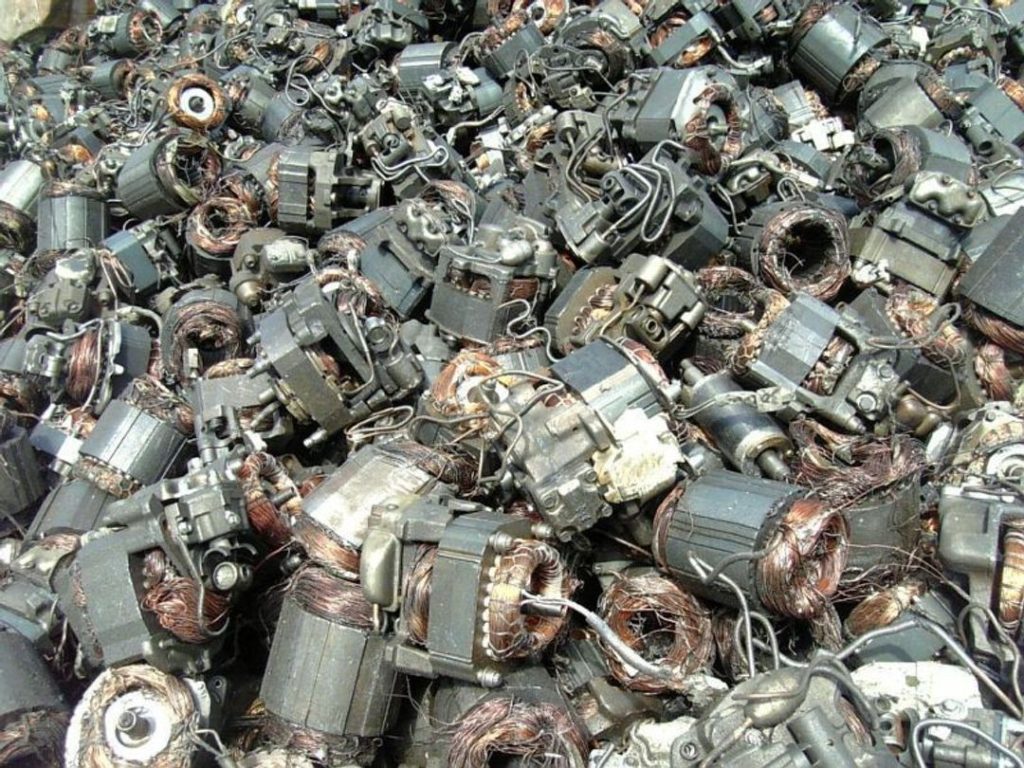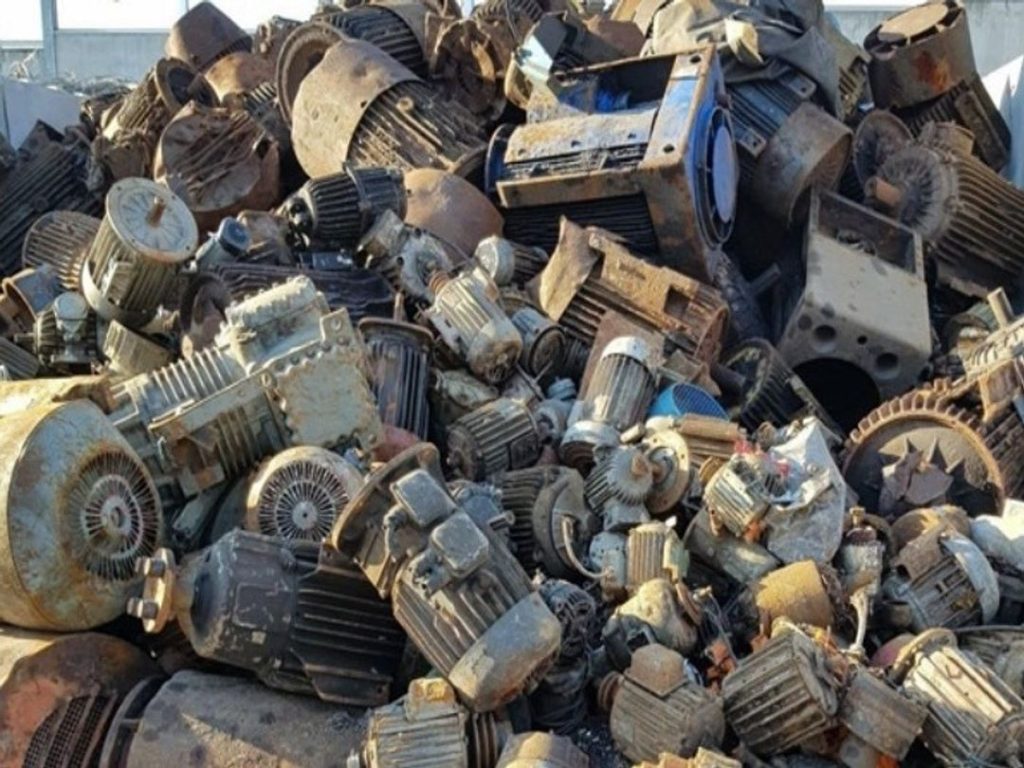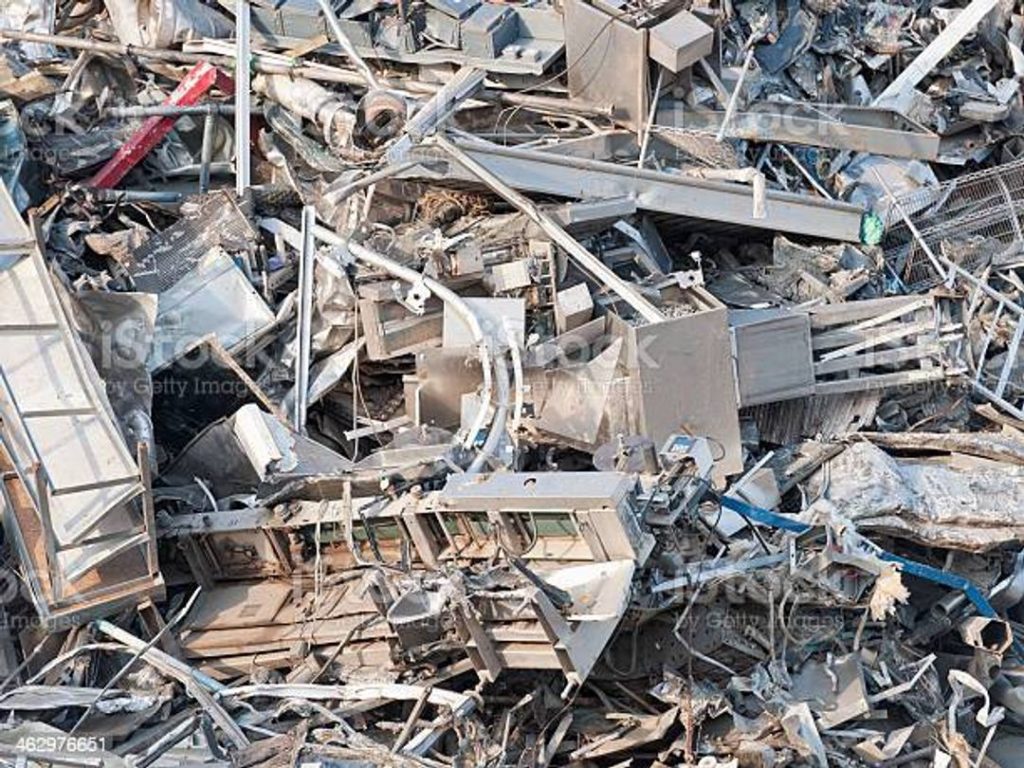Non-ferrous Metals
- Home
- Non-ferrous Metals
Non-ferrous metals
Non-ferrous metals tend to be more expensive than ferrous metals but are used for their desirable properties, including light weight (aluminium), high conductivity (copper), non magnetic properties or resistance to corrosion (zinc). Some non-ferrous materials are used in the iron and steel industries, such as bauxite, which is used for flux in blast furnaces. Other non-ferrous metals, including chromite, pyrolusite and wolframite, are used to make ferrous alloys. However, many non-ferrous metals have low melting points, making them less suitable for applications at high temperatures.
There are a large number of non-ferrous materials, covering every metal and alloy that does not contain iron. Non-ferrous metals include aluminium, copper, lead, nickel, tin, titanium and zinc, as well as copper alloys like brass and bronze. Other rare or precious non-ferrous metals include gold, silver and platinum, cobalt, mercury, tungsten, beryllium, bismuth, cerium, cadmium, niobium, indium, gallium, germanium, lithium, selenium, tantalum, tellurium, vanadium, and zirconium.
Non-ferrous metals are usually obtained from minerals like carbonates, silicates and sulphides before being refined through electrolysis.
The difference between ferrous and non-ferrous metals is that ferrous metals contain iron. Ferrous metals, such as cast irons or carbon steel, have a high carbon content, which generally makes them vulnerable to rust when exposed to moisture. However, this is not the case for wrought iron, which resists rust due to its purity, and stainless steel, which is protected from corrosion by the presence of chromium.
Mixed Heavy Metals
Aluminium Profiles
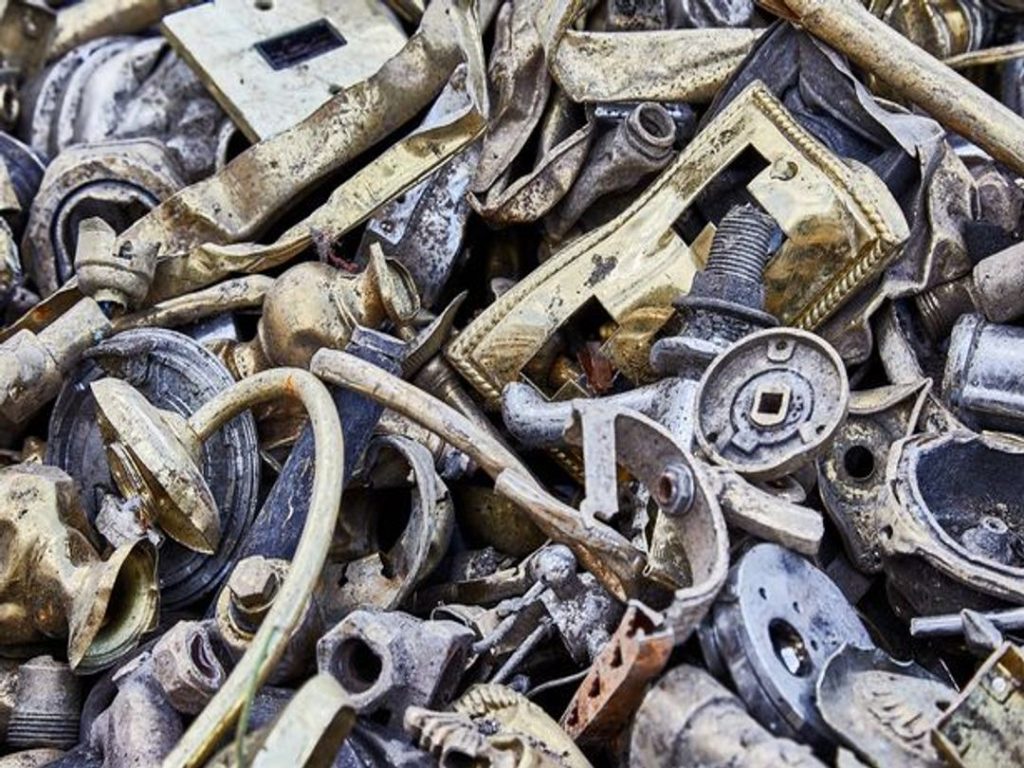
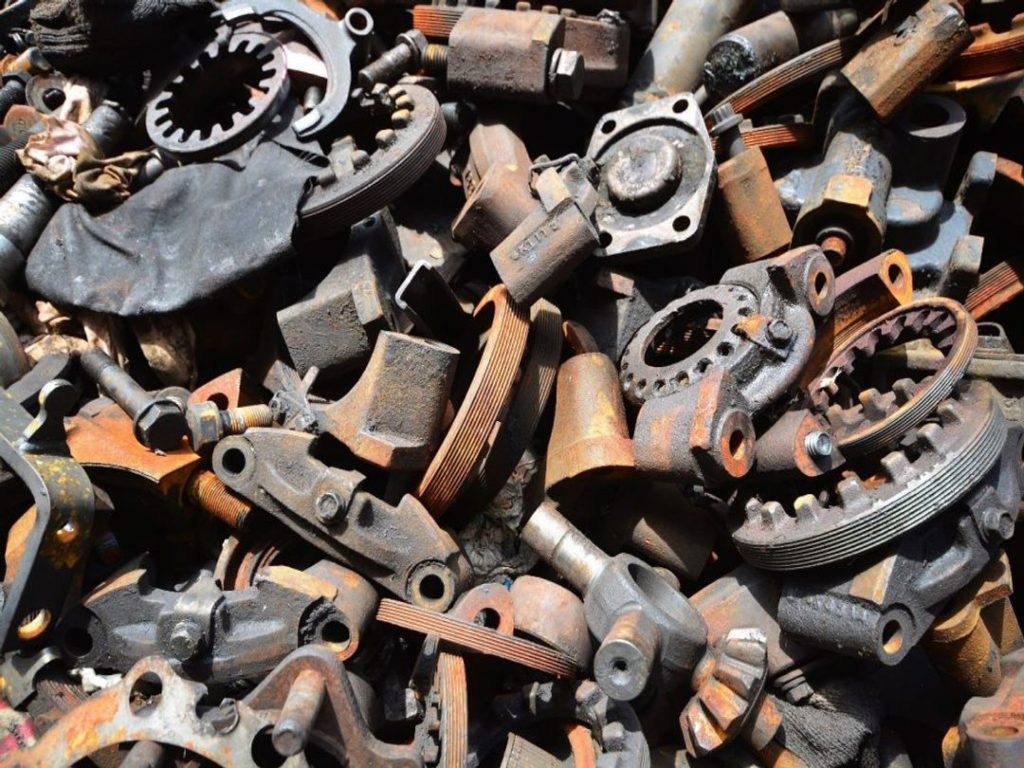
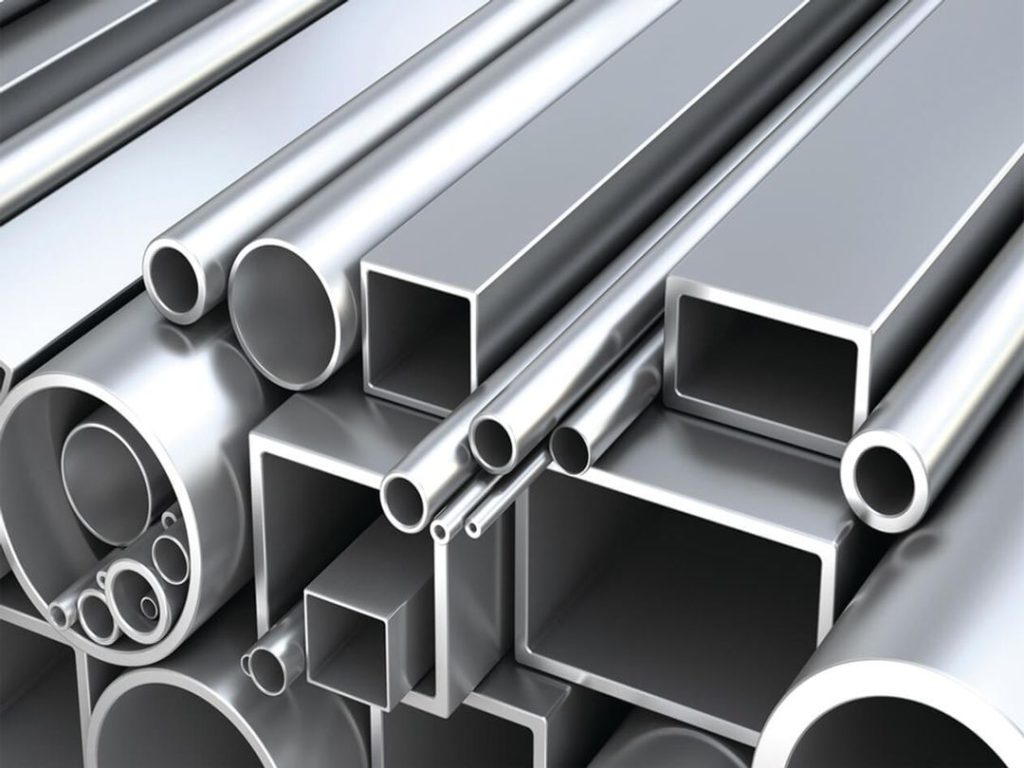
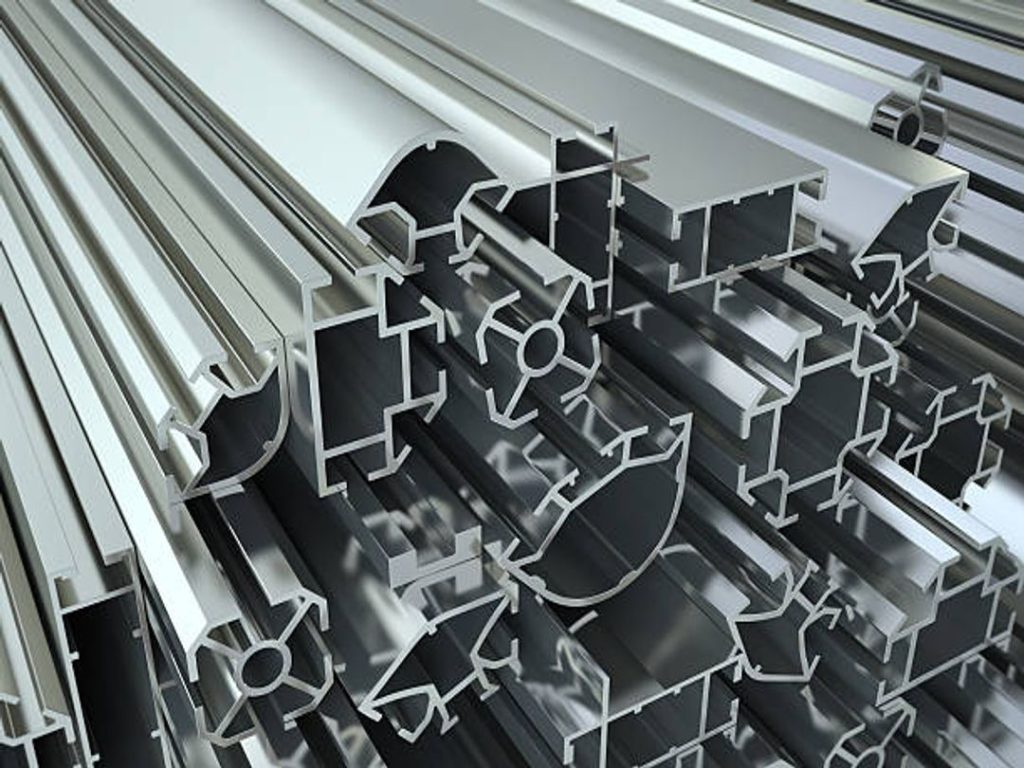
Mixed Aluminium Zorba
Shredded Fridge Aluminium
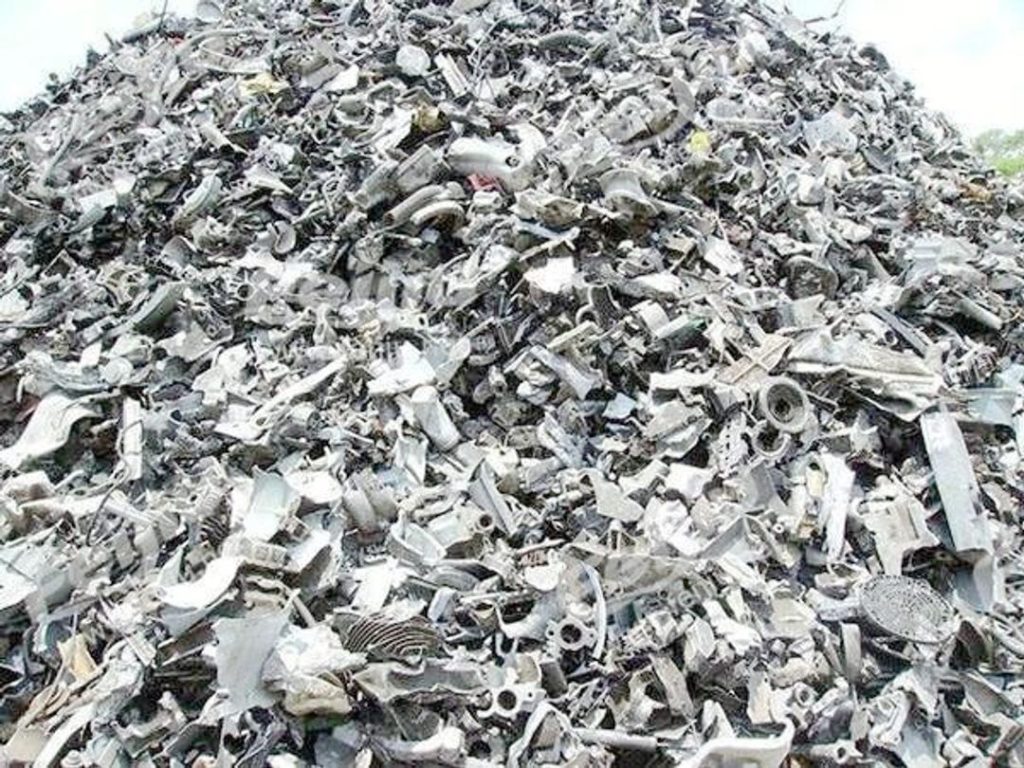
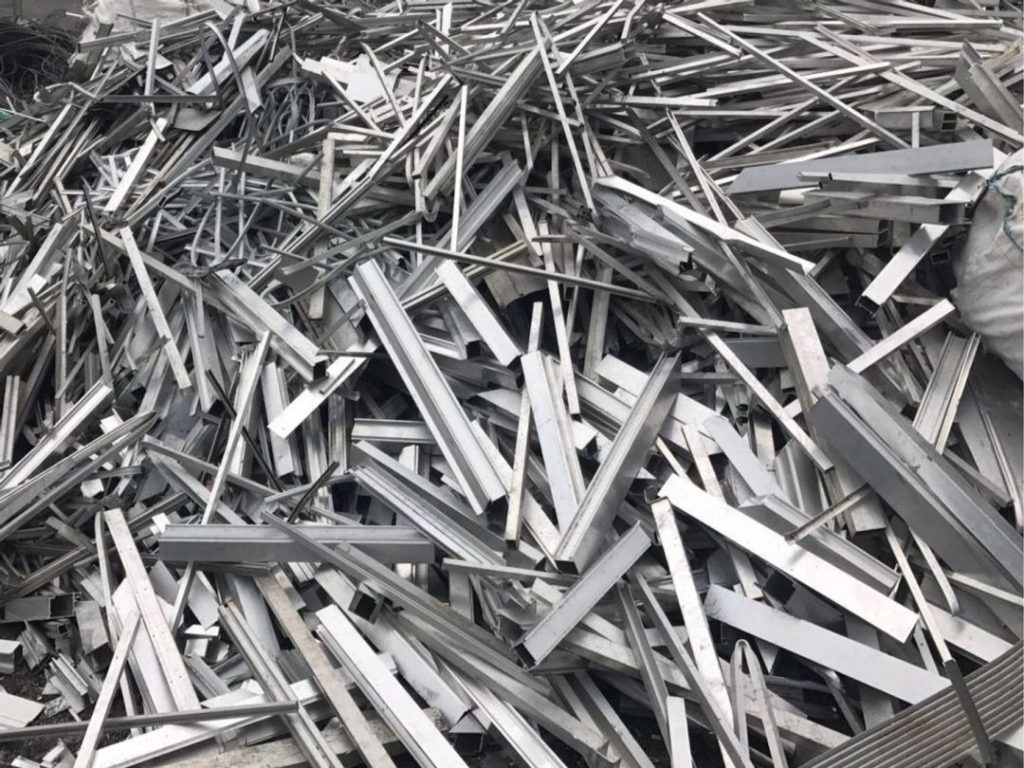
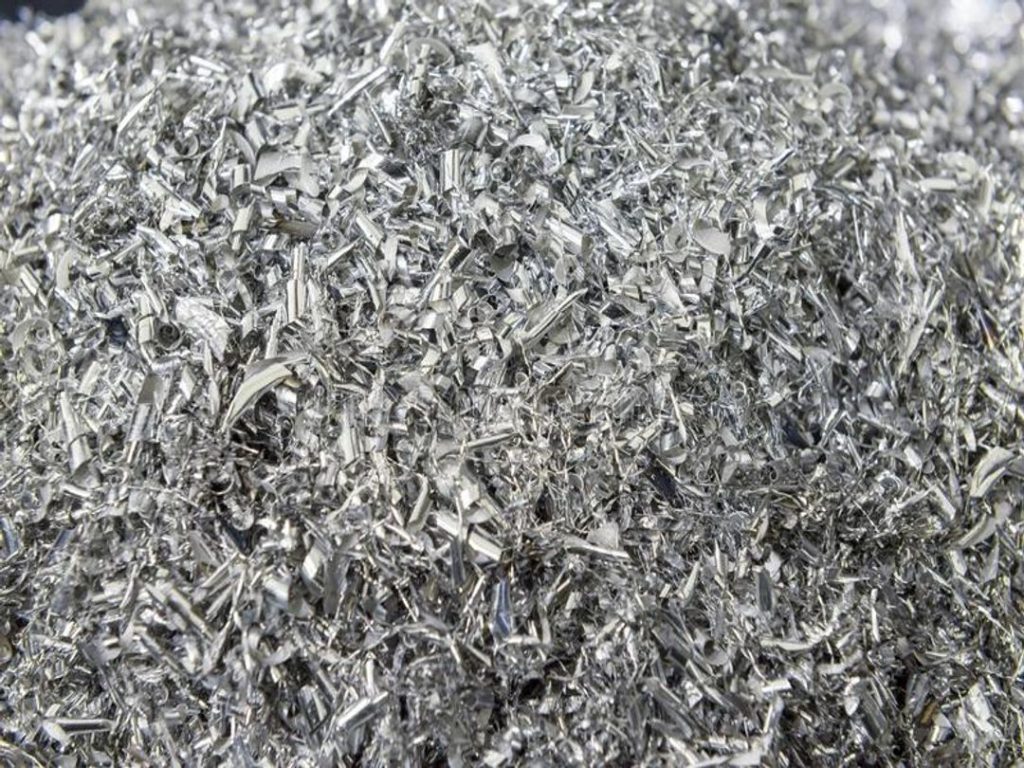
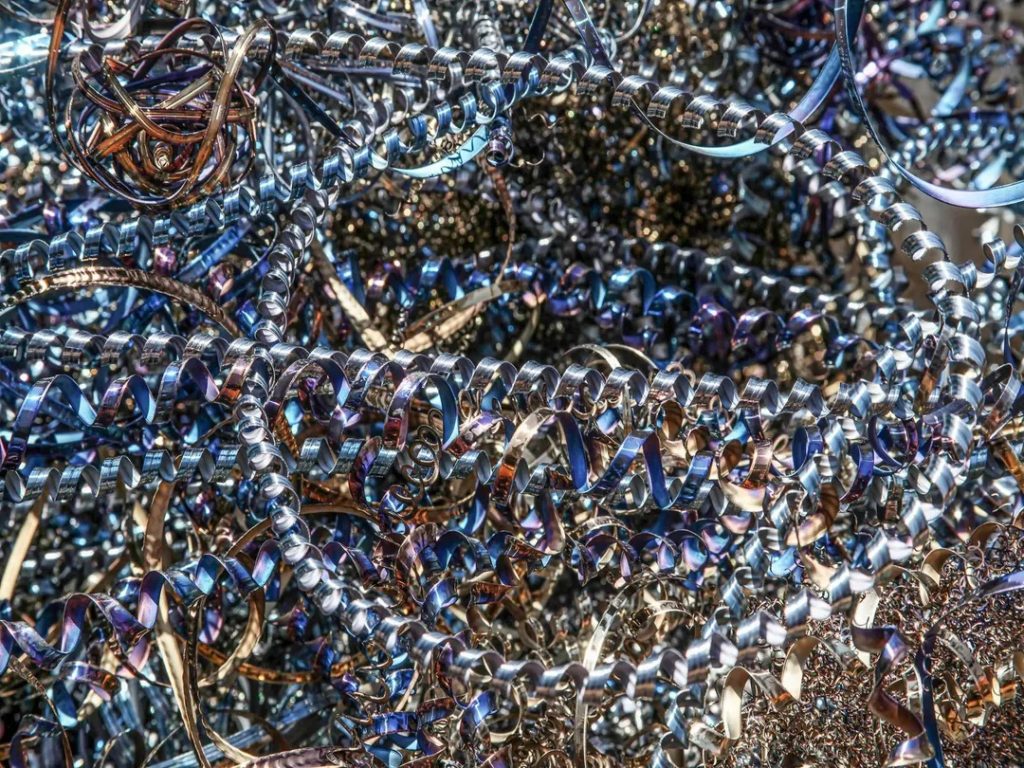
Wheel Balance Weight
Brass Pales/Pallu
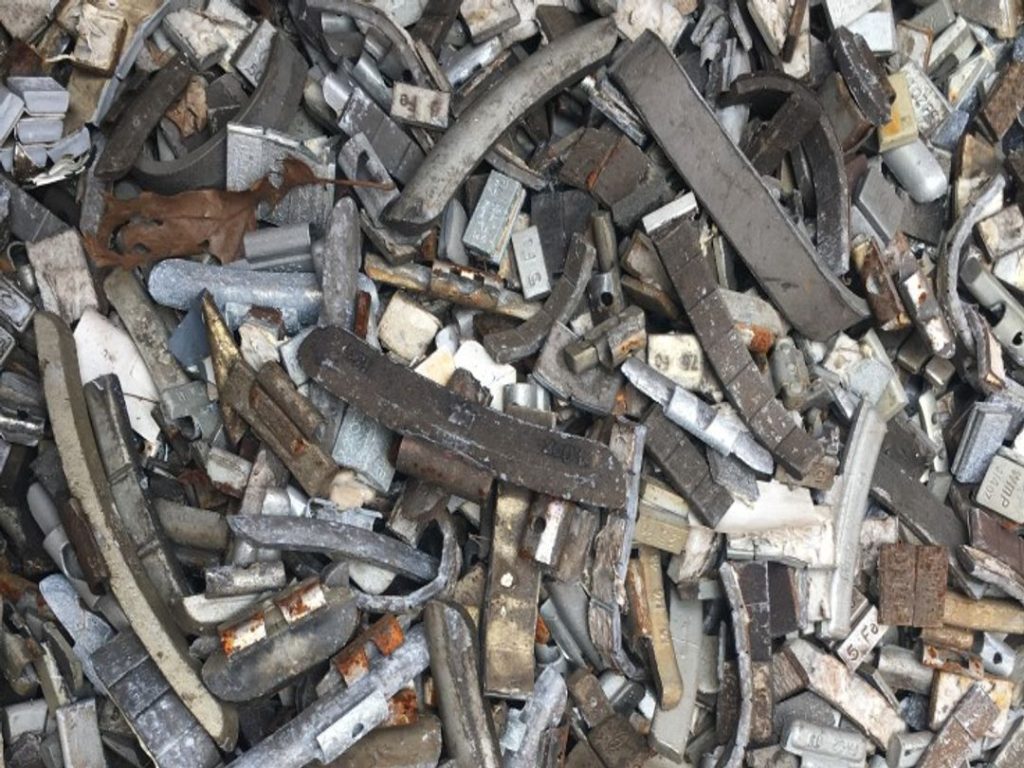
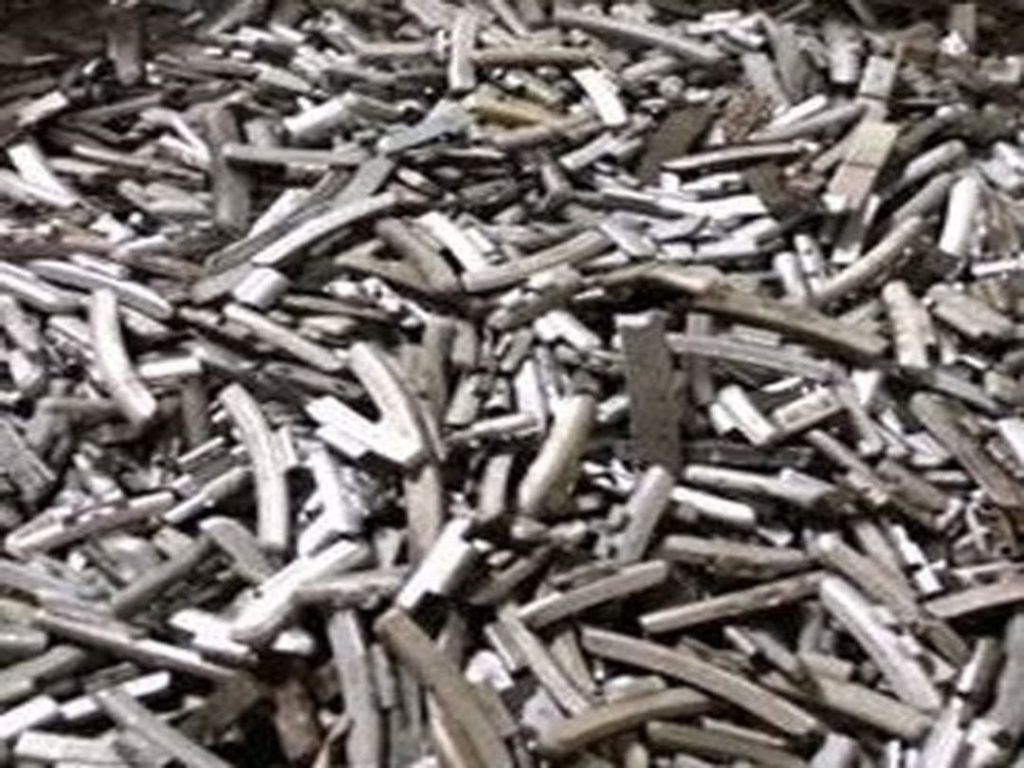
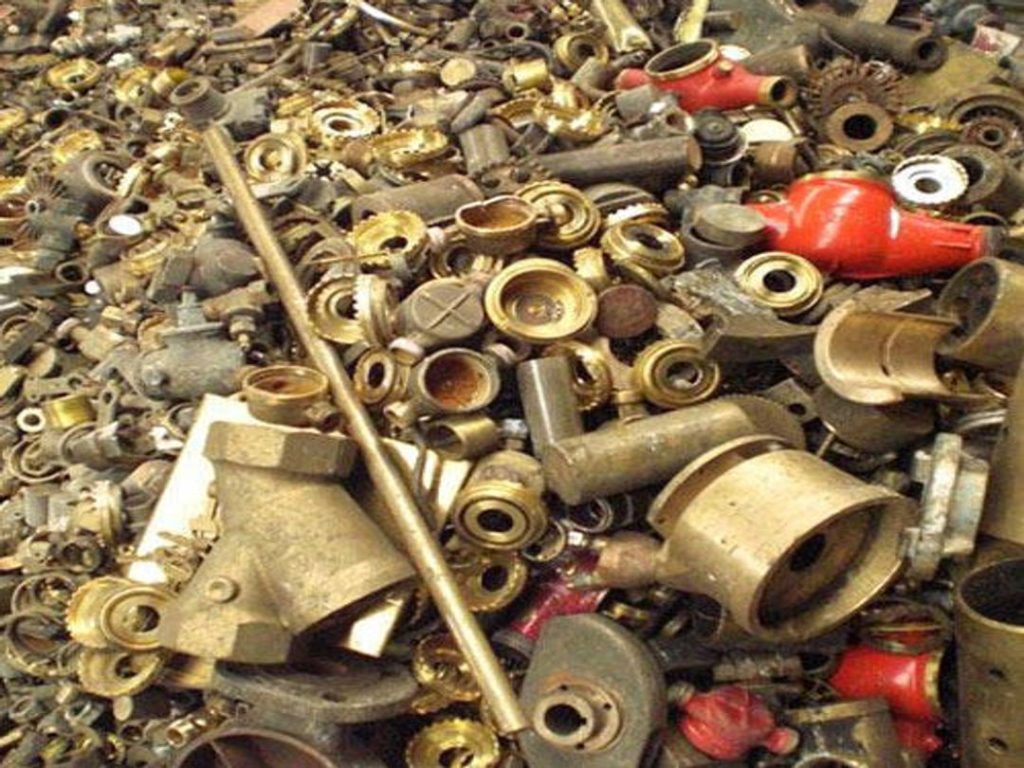
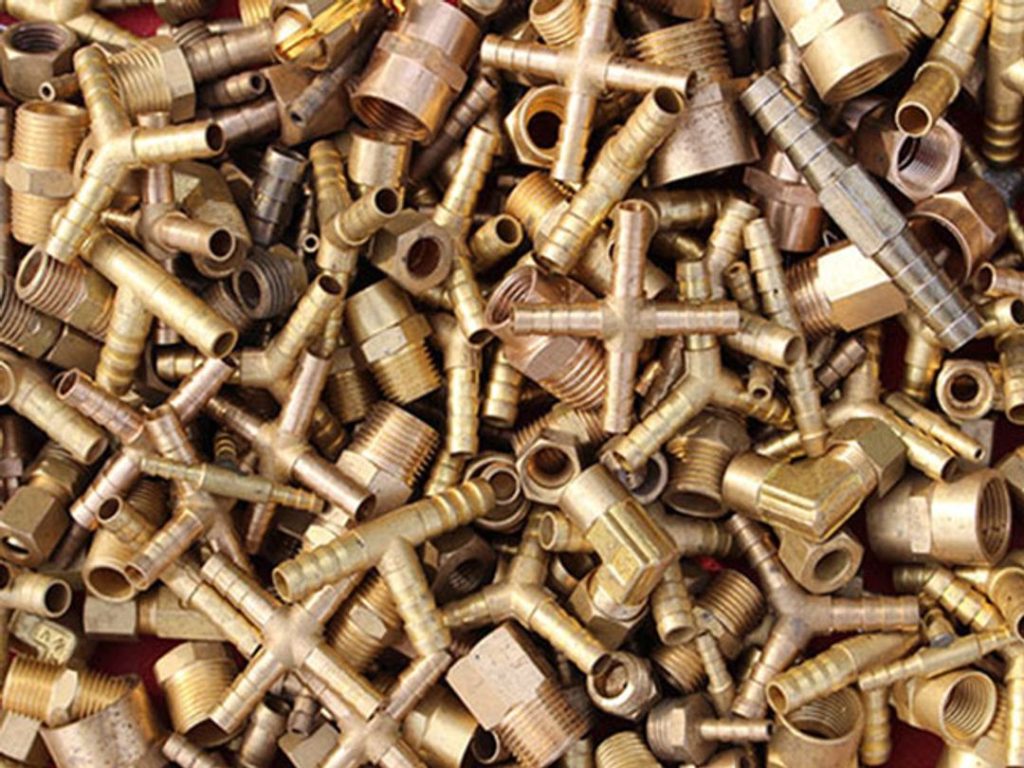
Aluminium Pucks
Brass Hair Wires
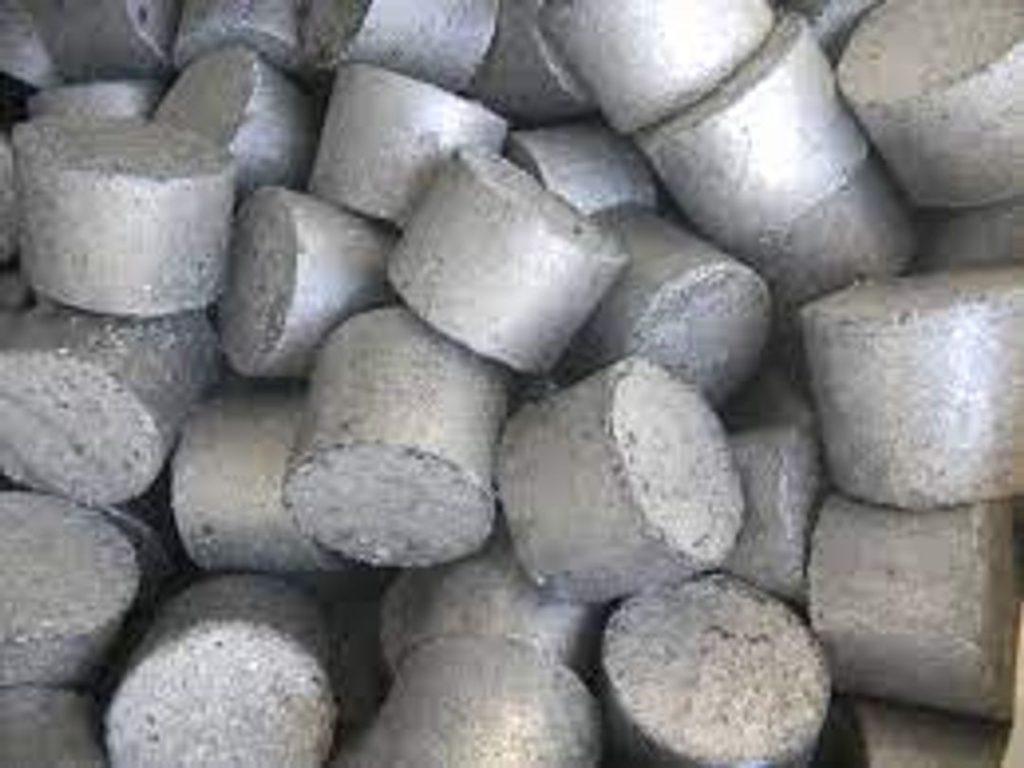
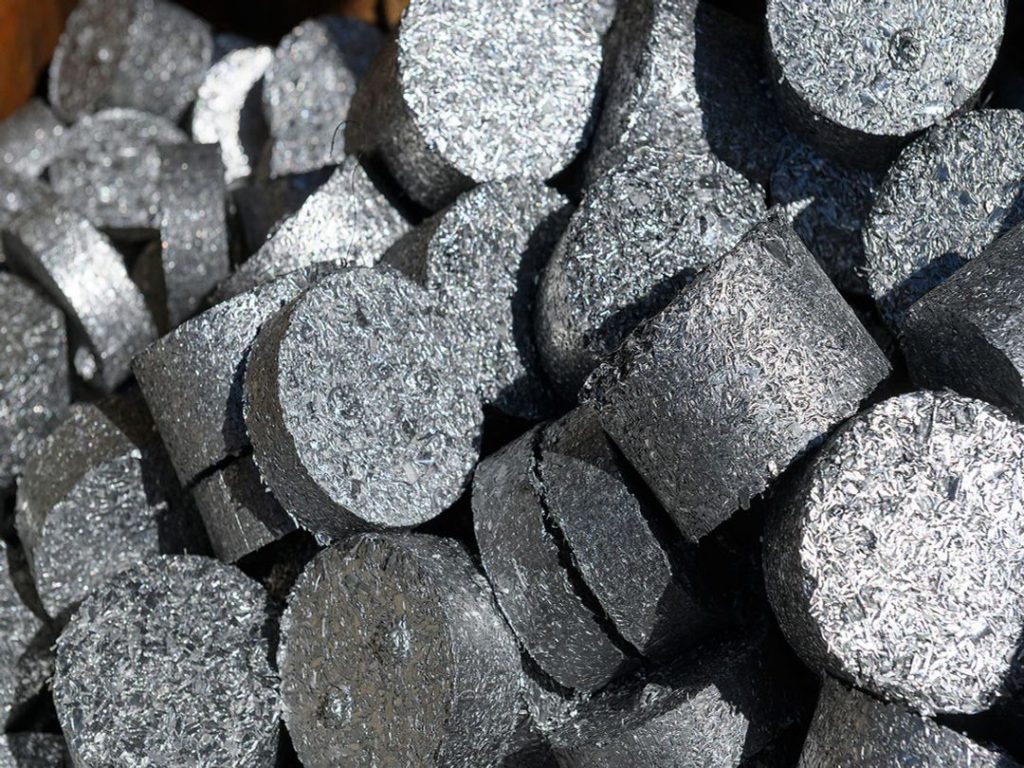
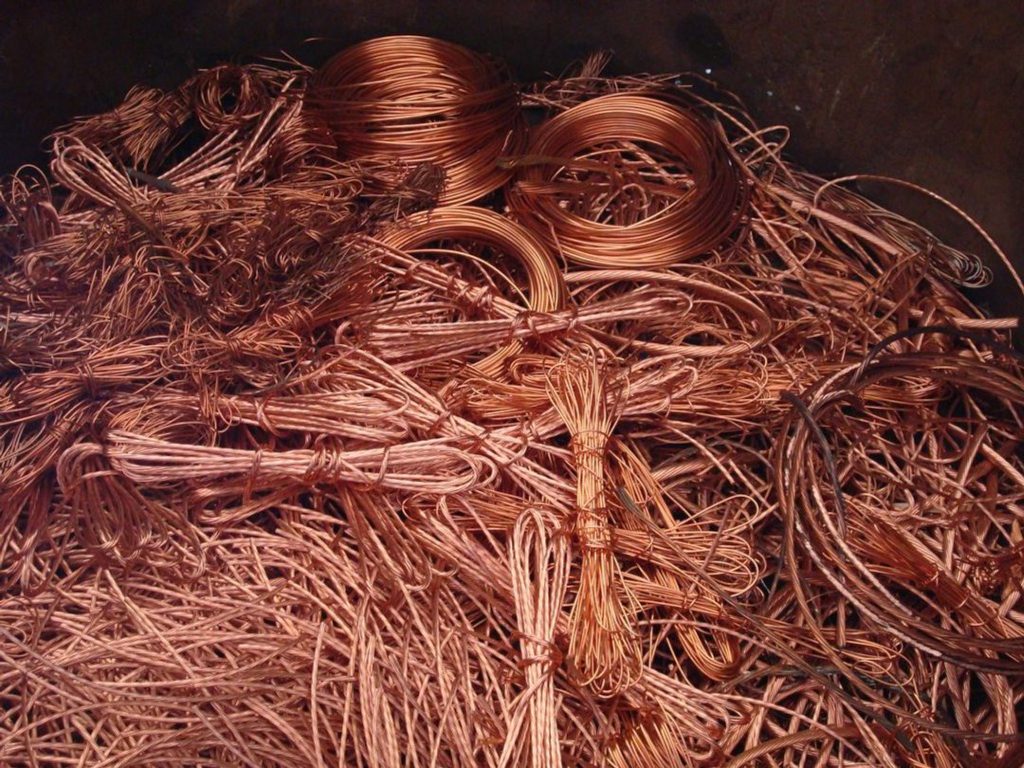
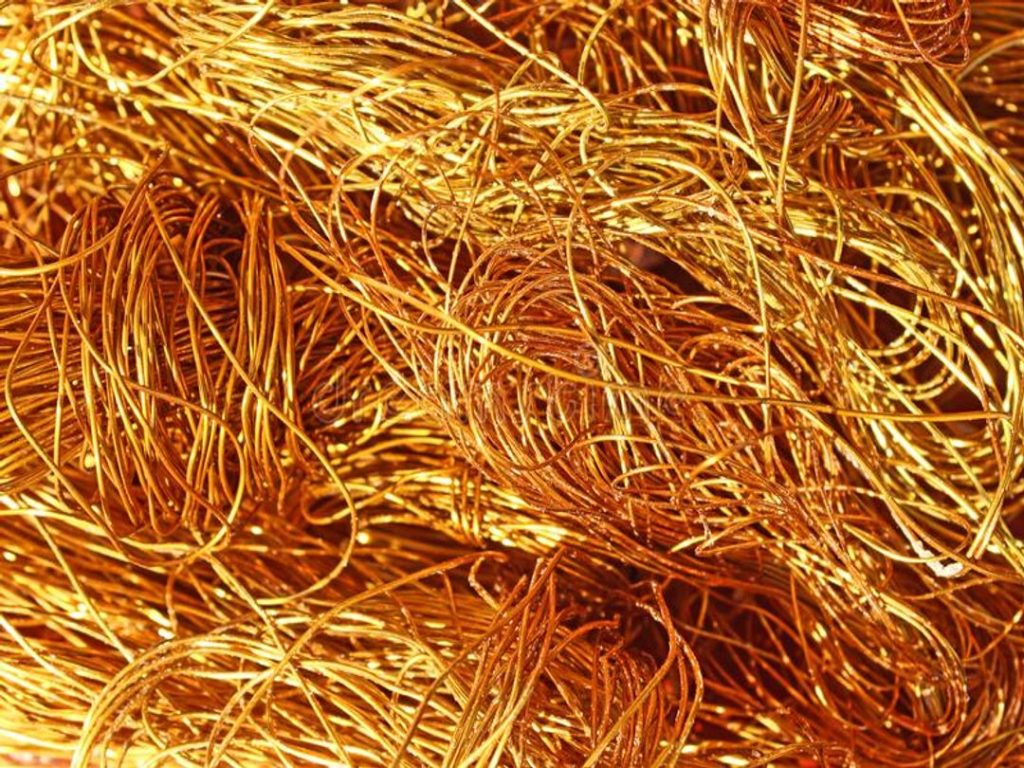
Aluminium Wires
Copper Cables
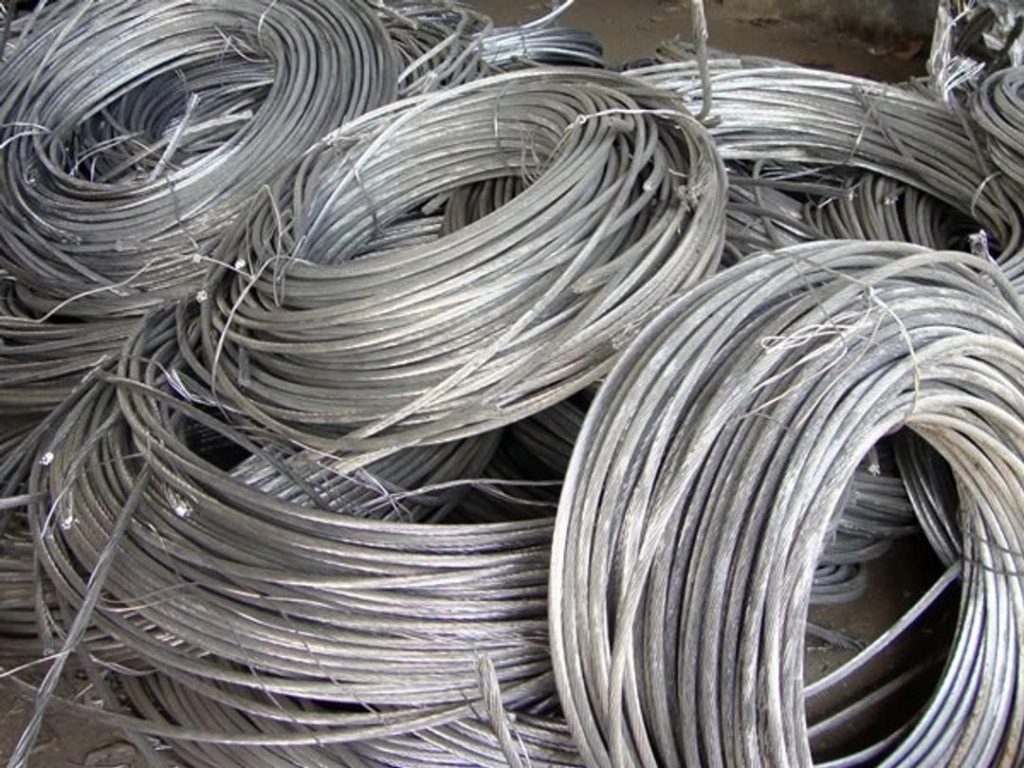
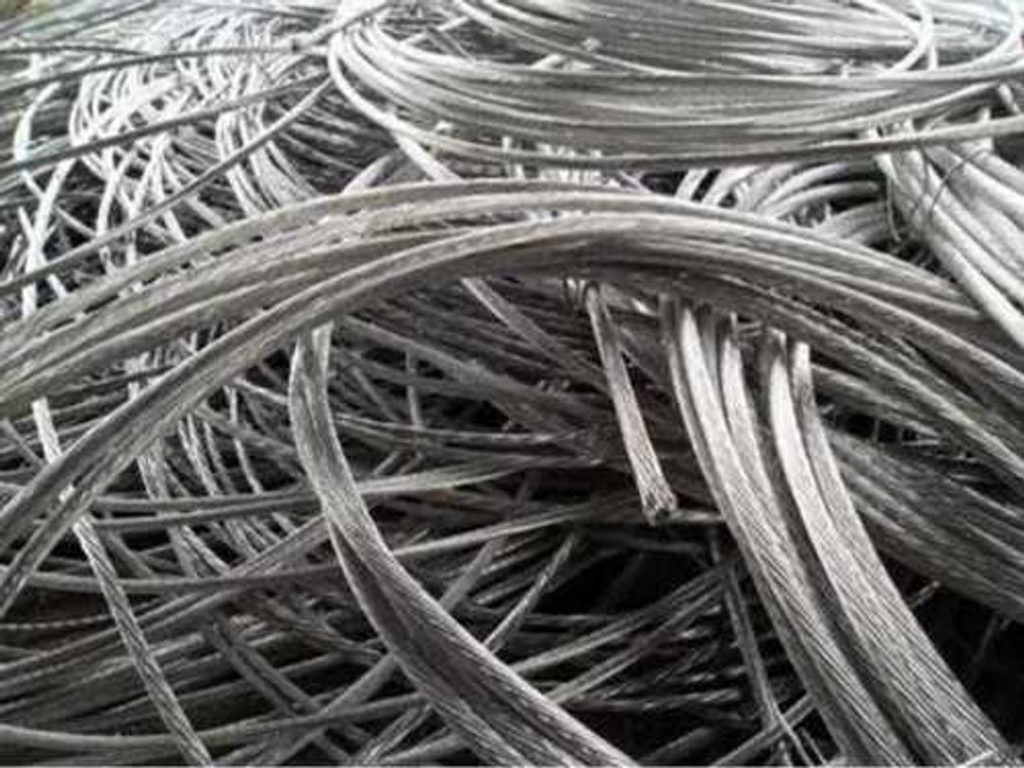
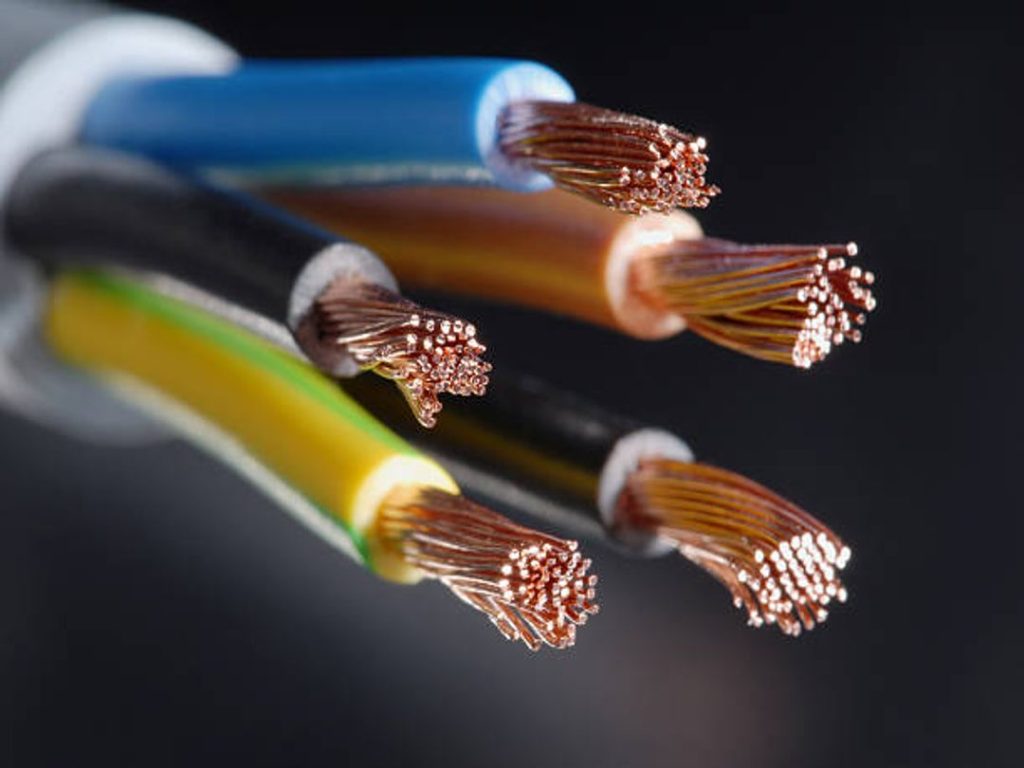
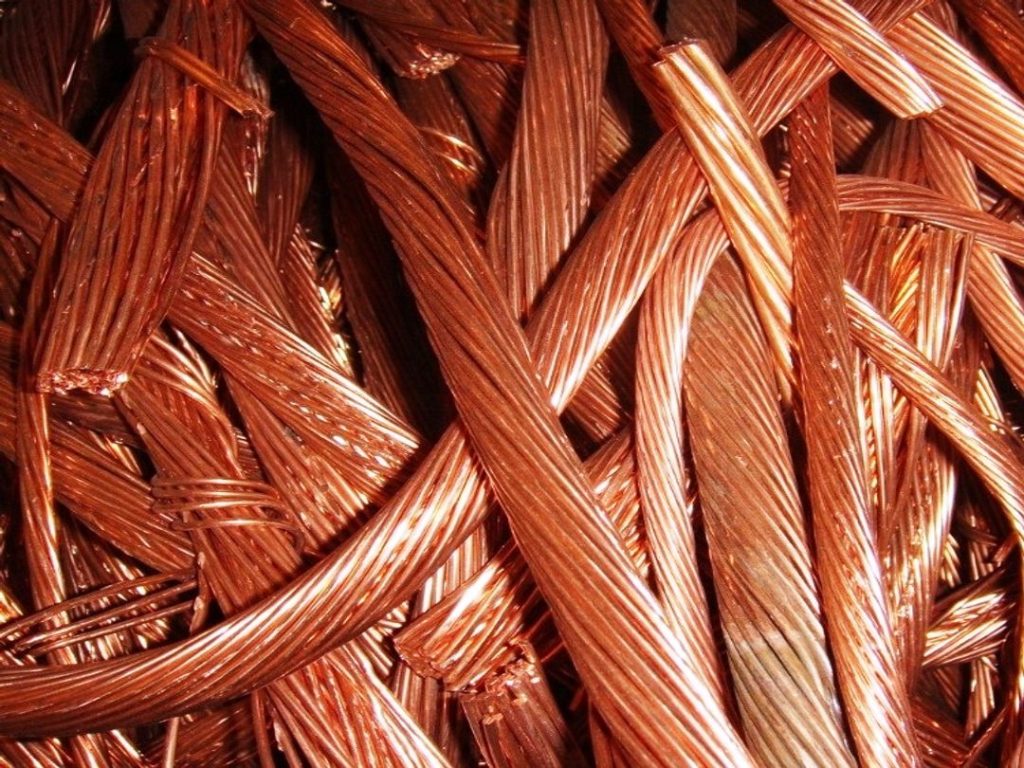
Lead
Fridge Compressors
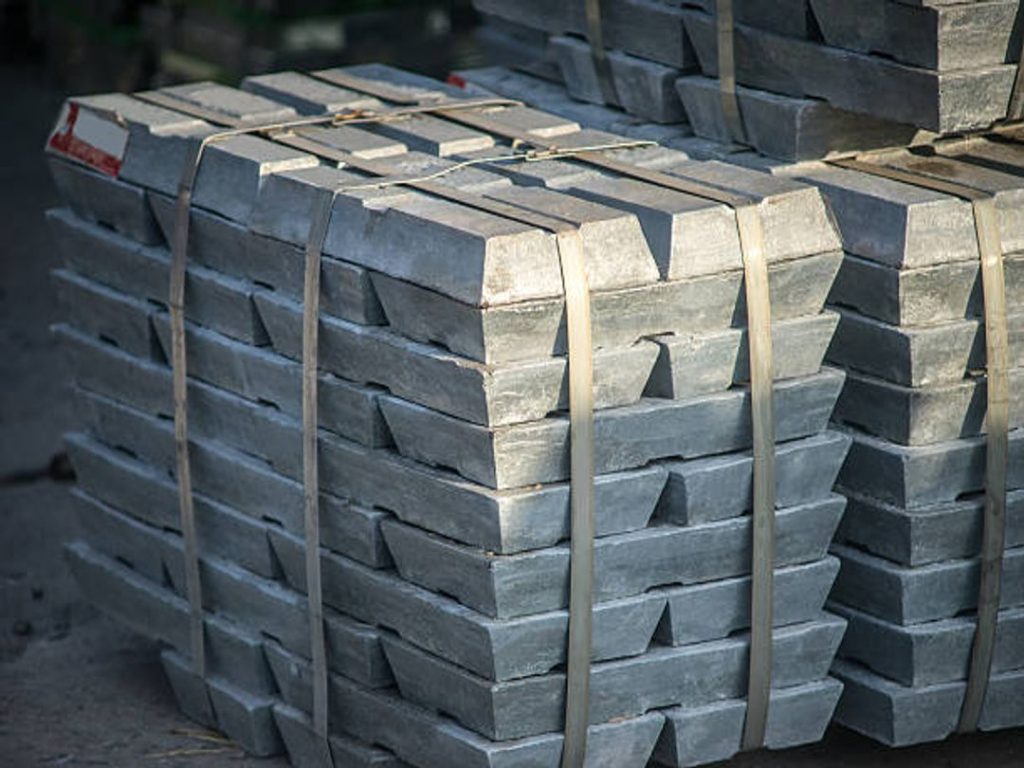
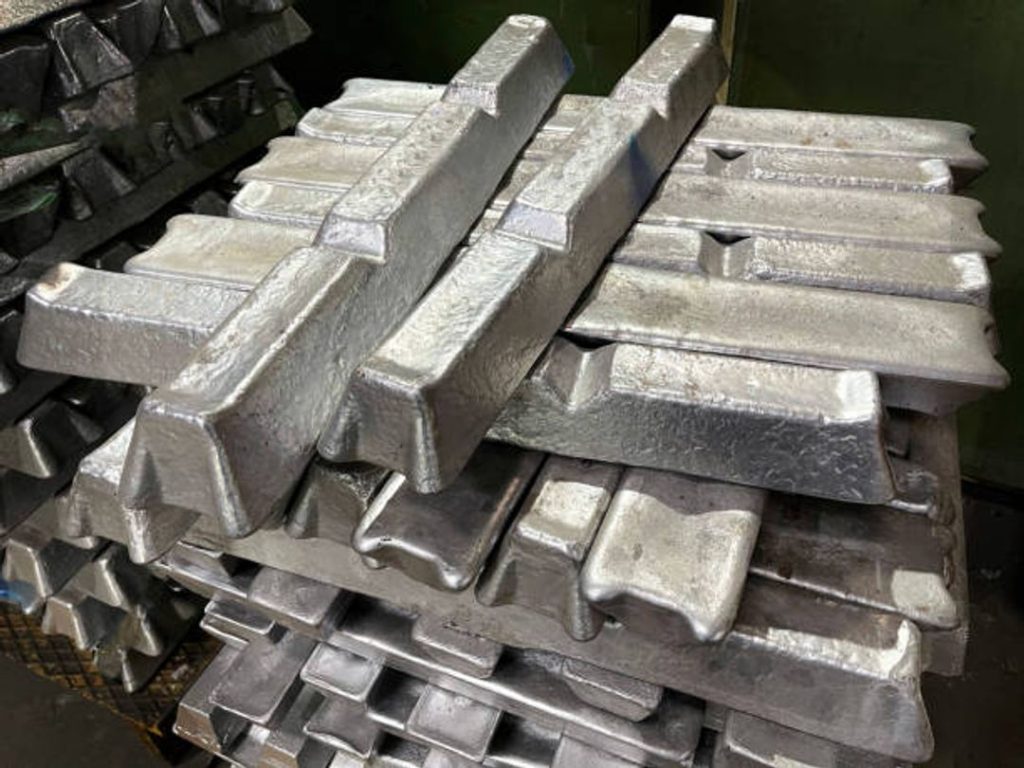
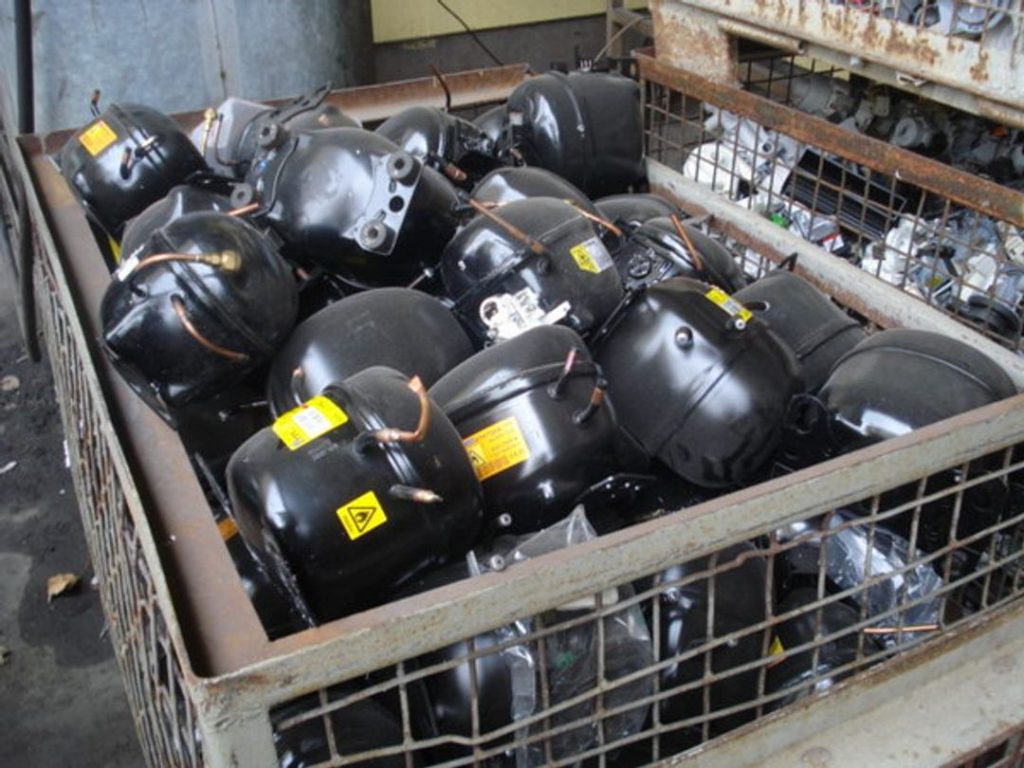
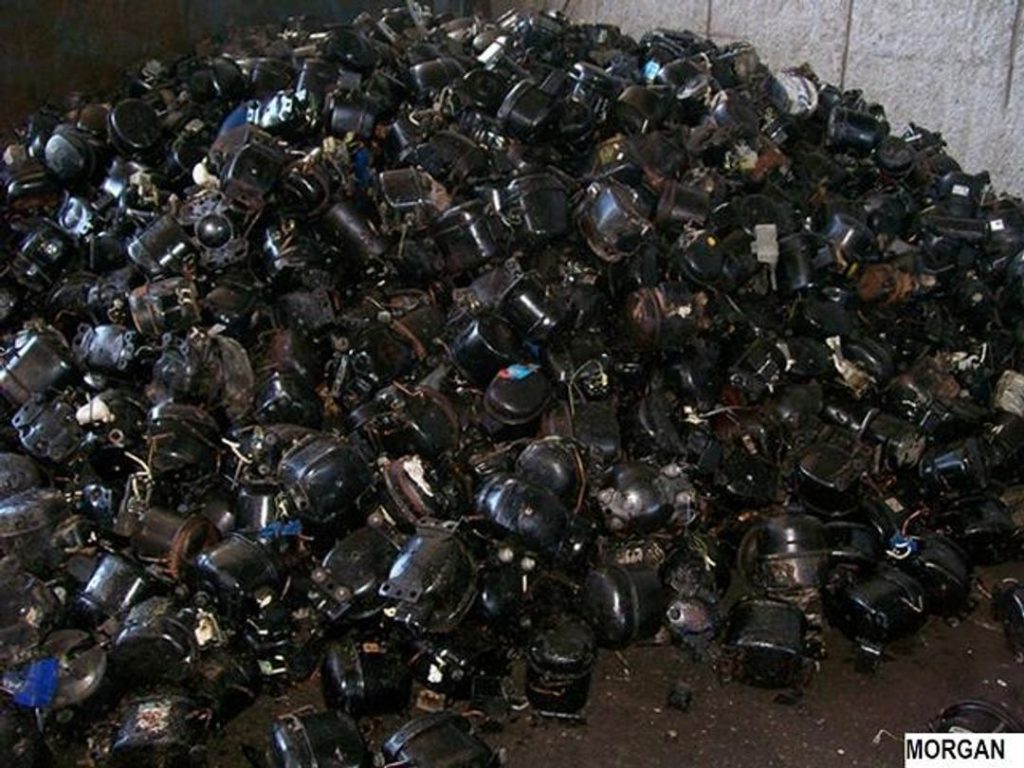
Copper Millberry
E-Meters
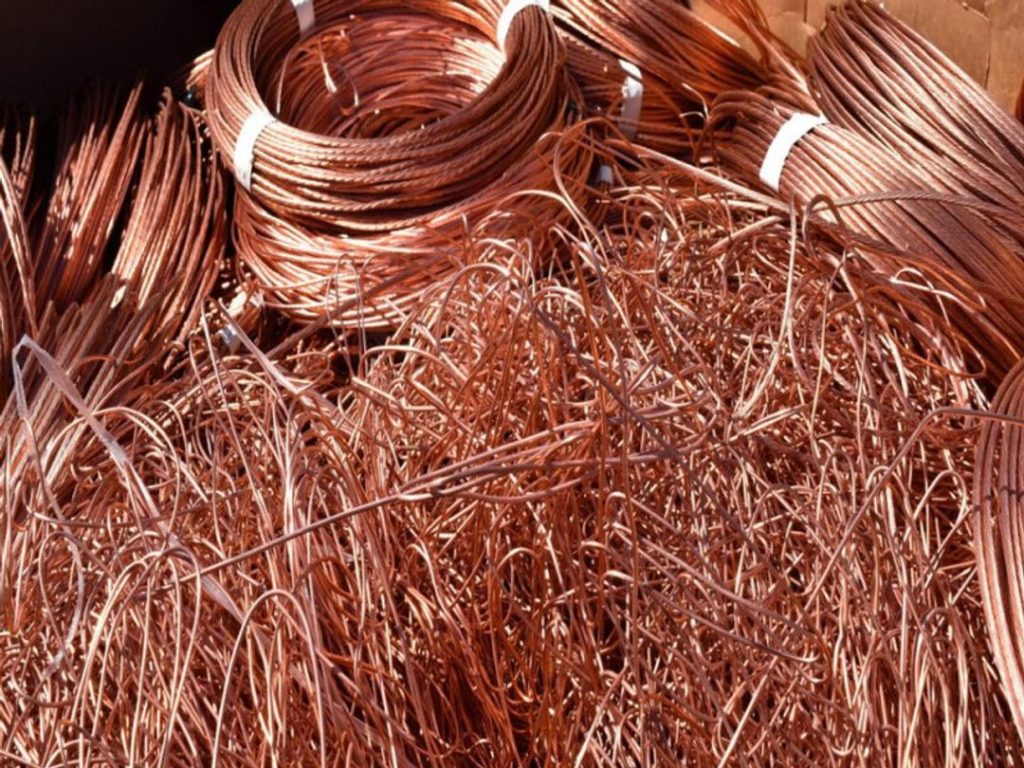
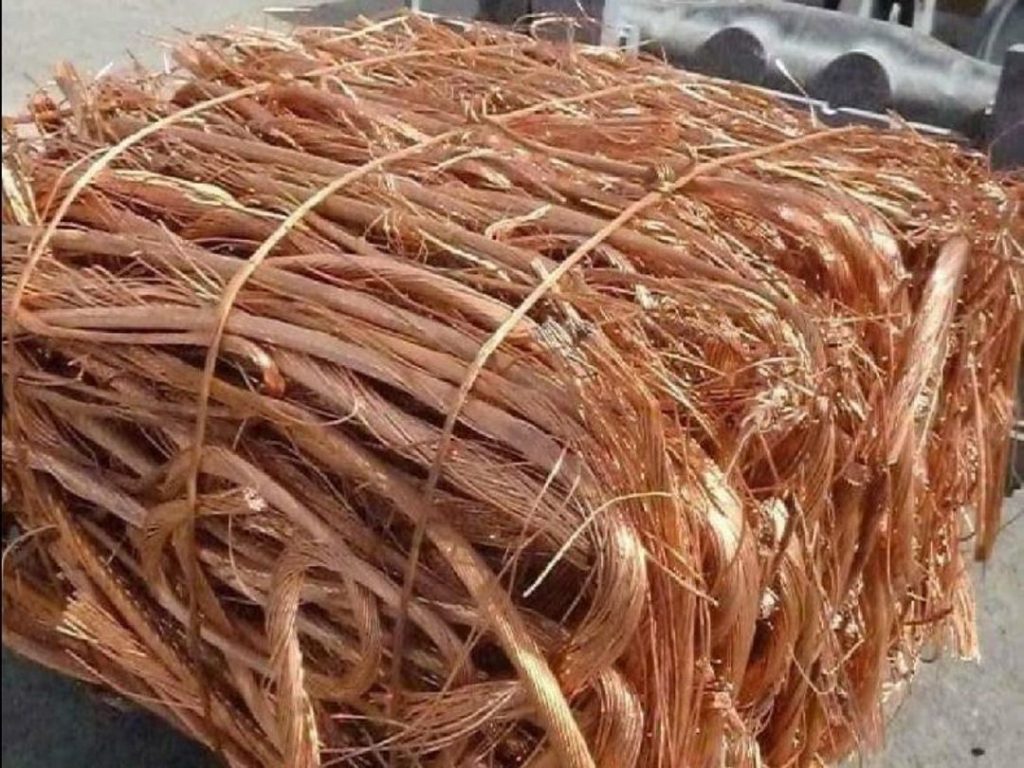
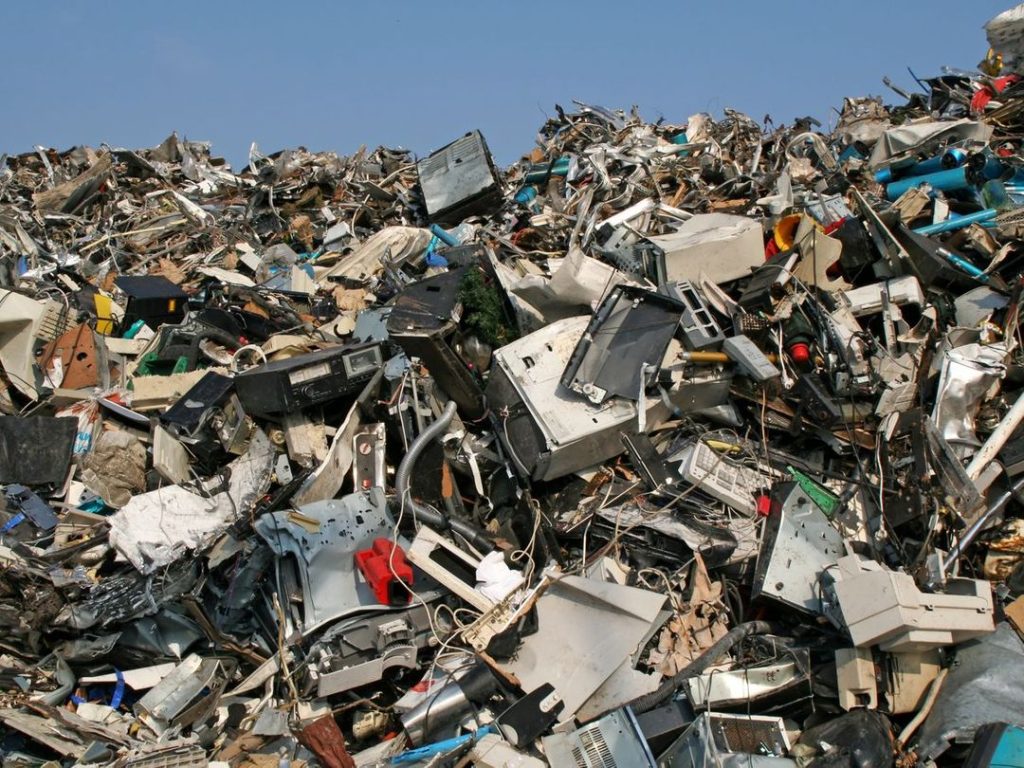
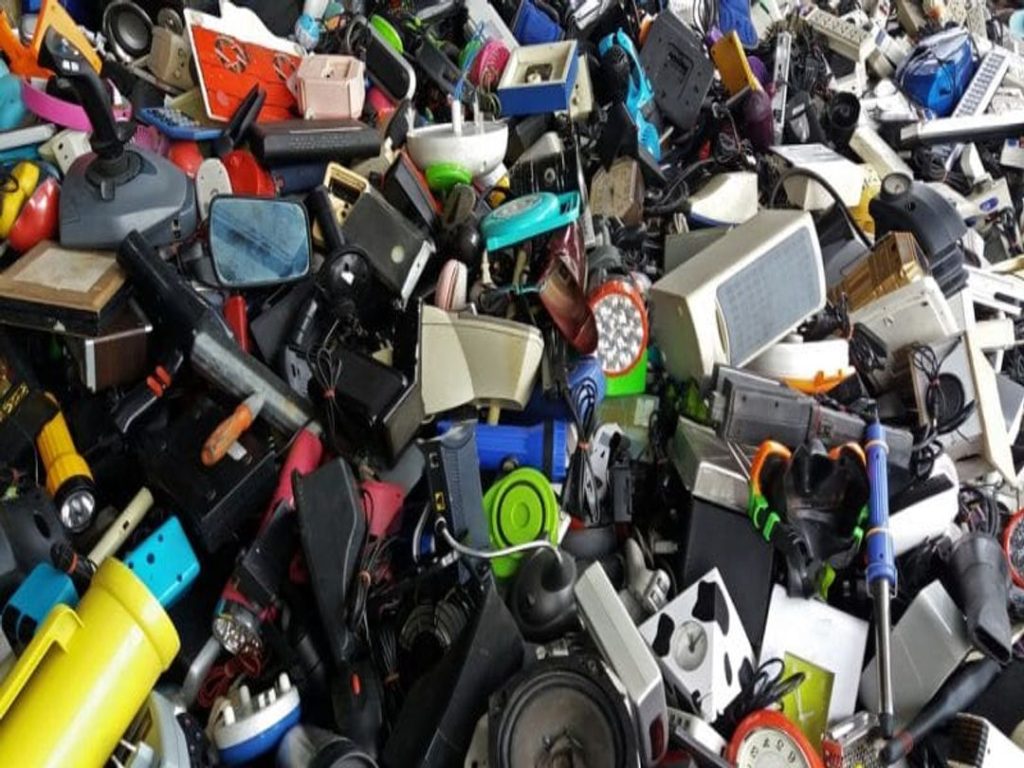
Car Starters
Copper Turnings
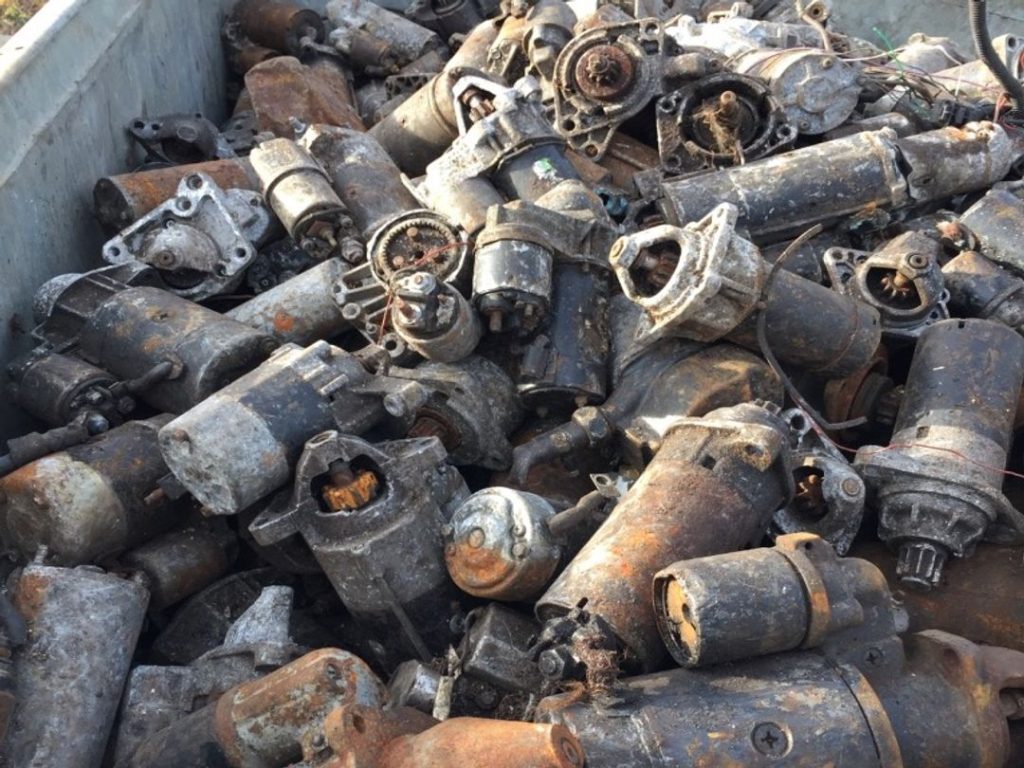
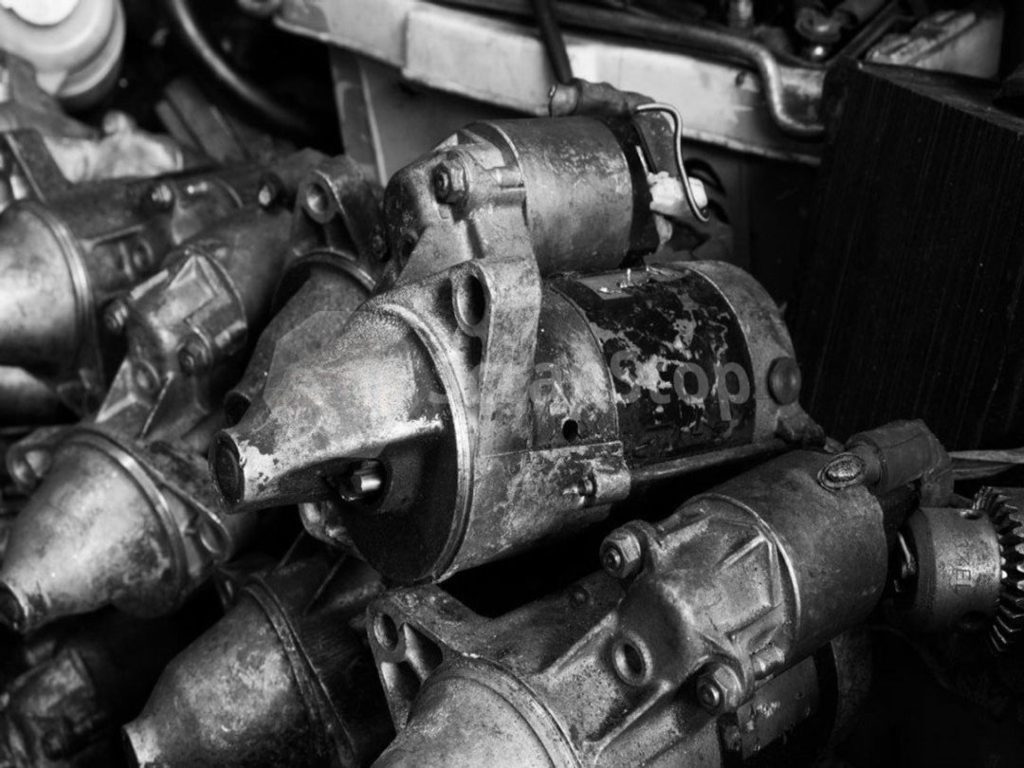
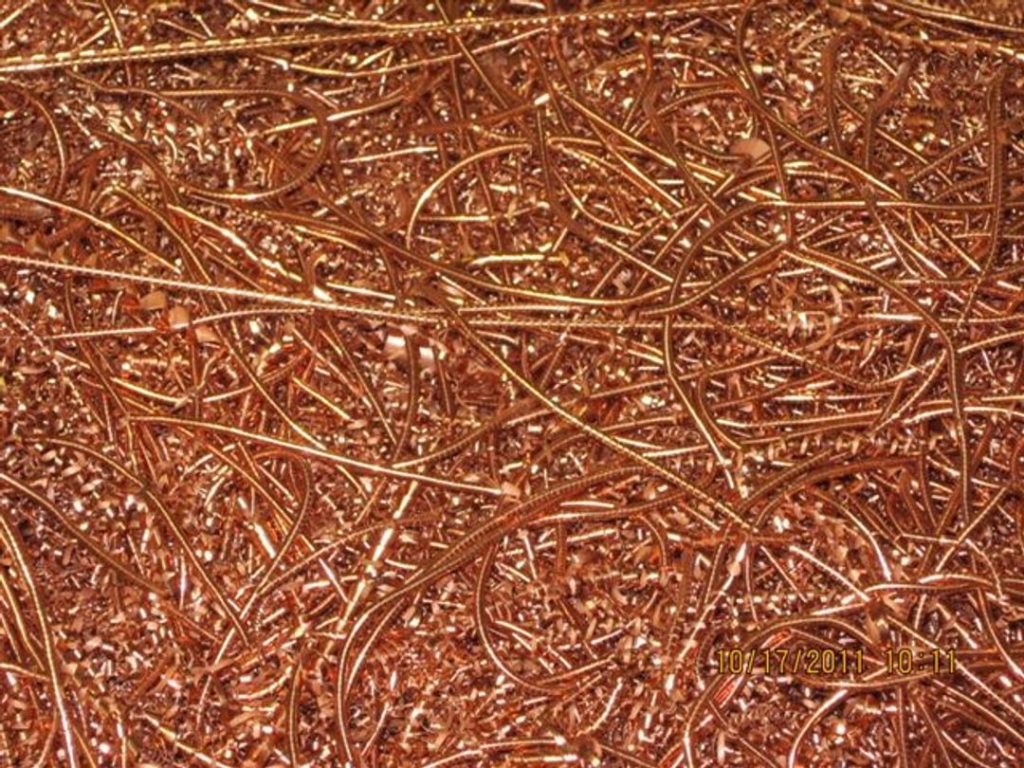
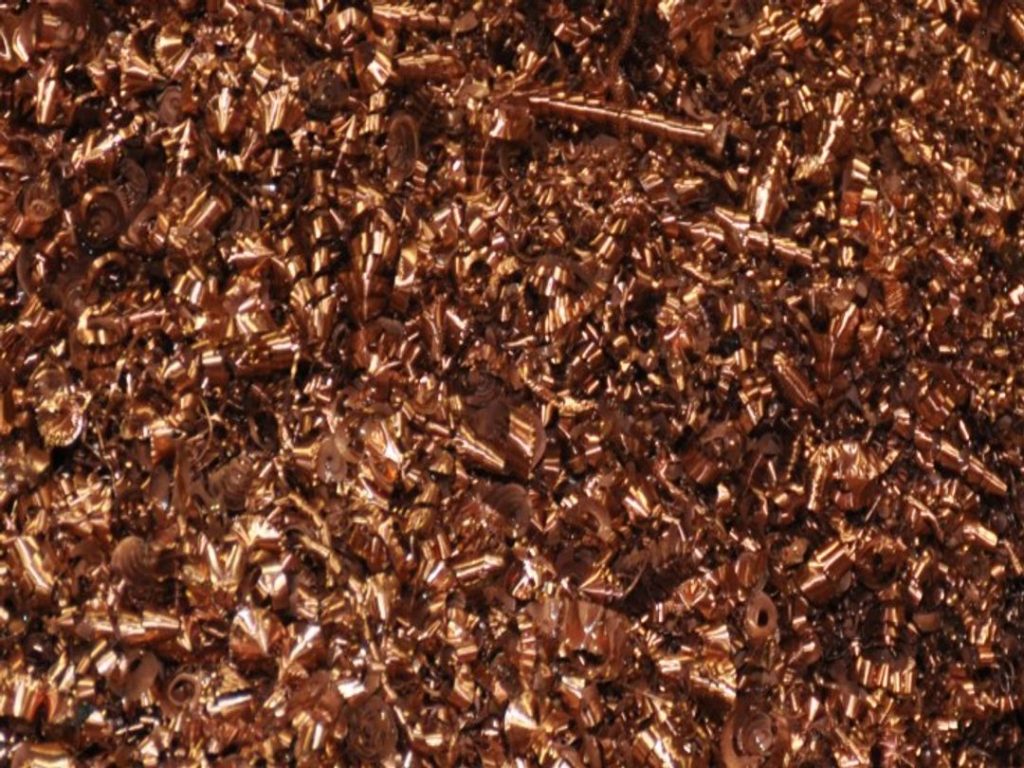
Stators and Rotors
Aluminium Wheels
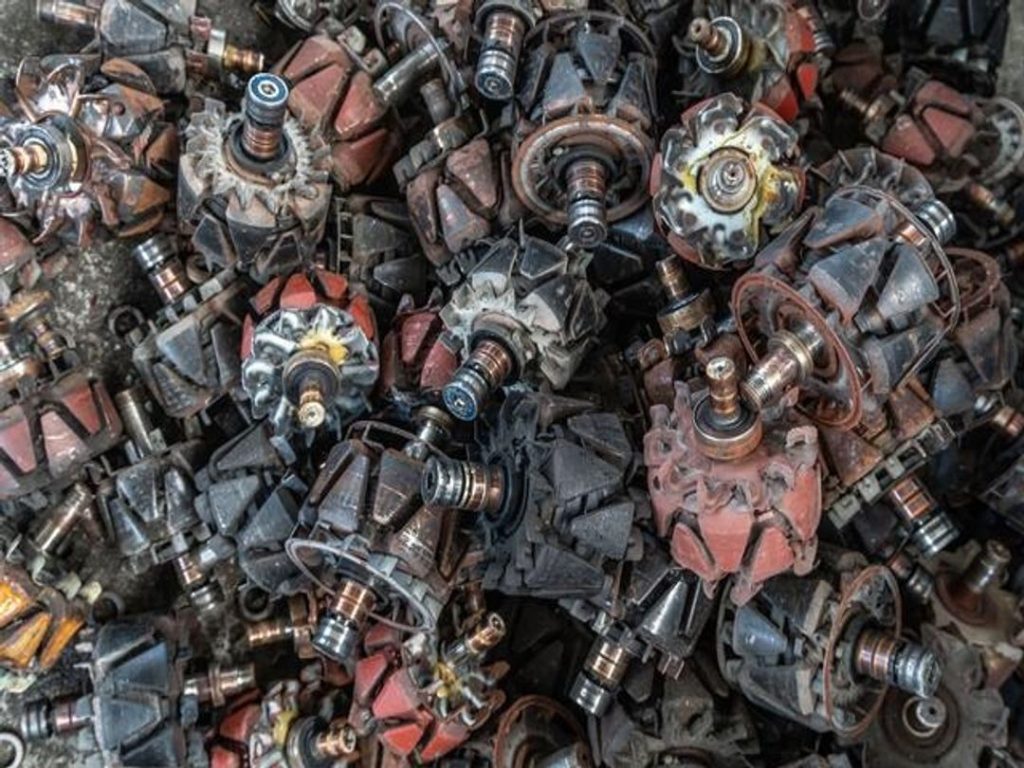
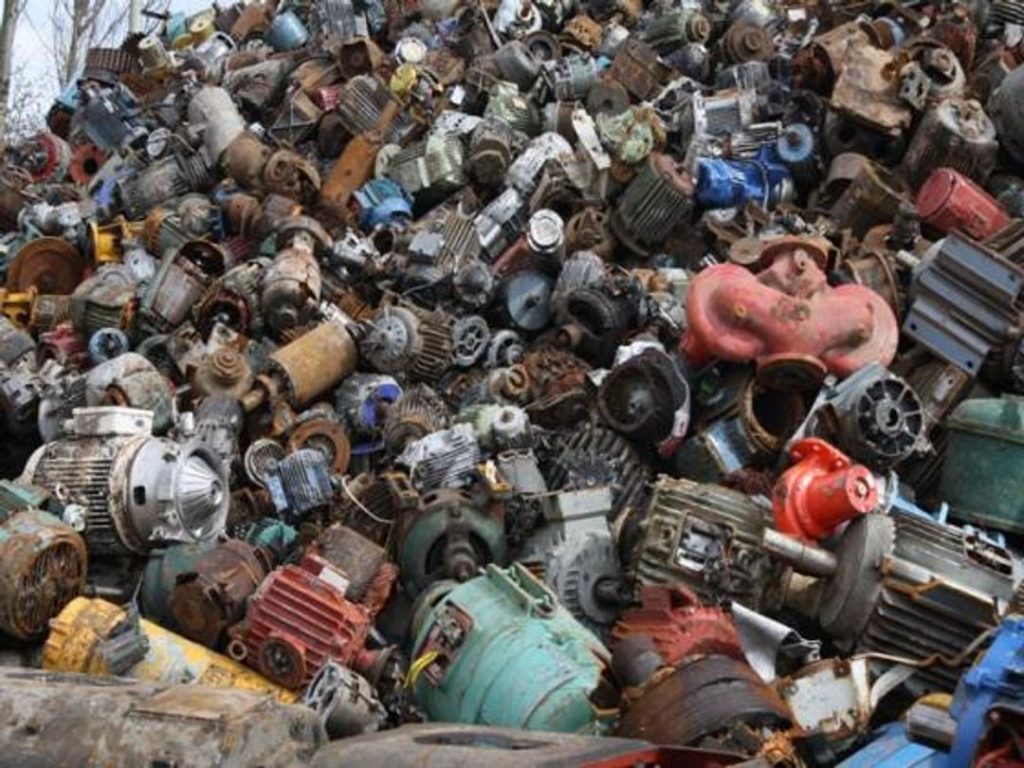
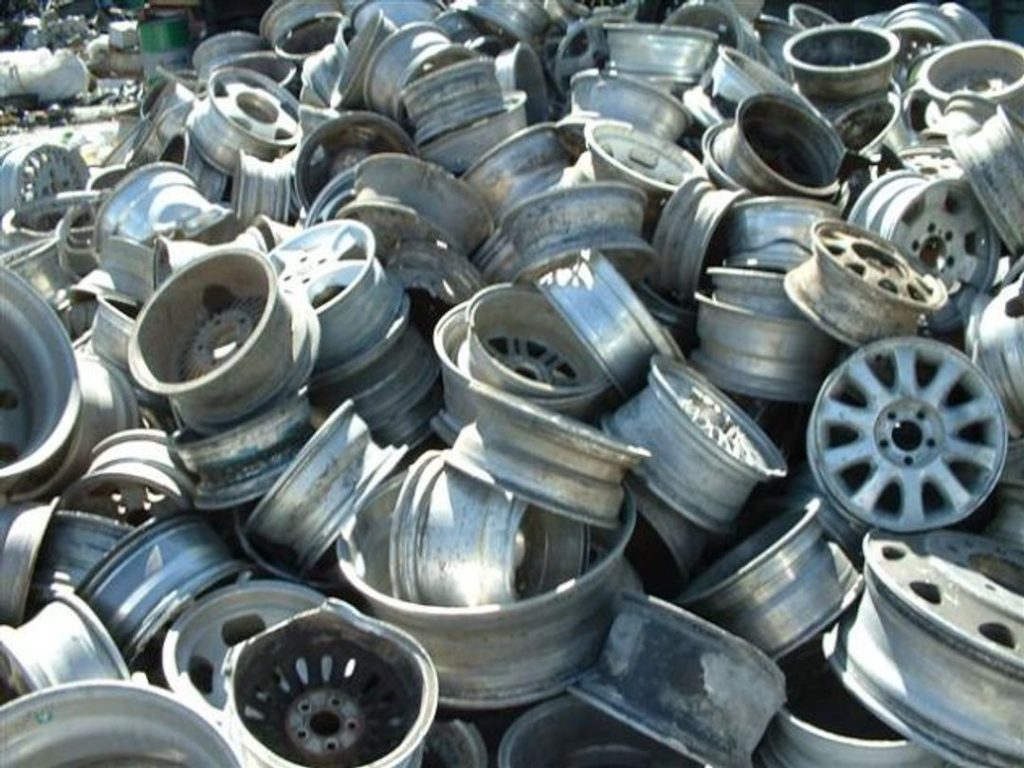
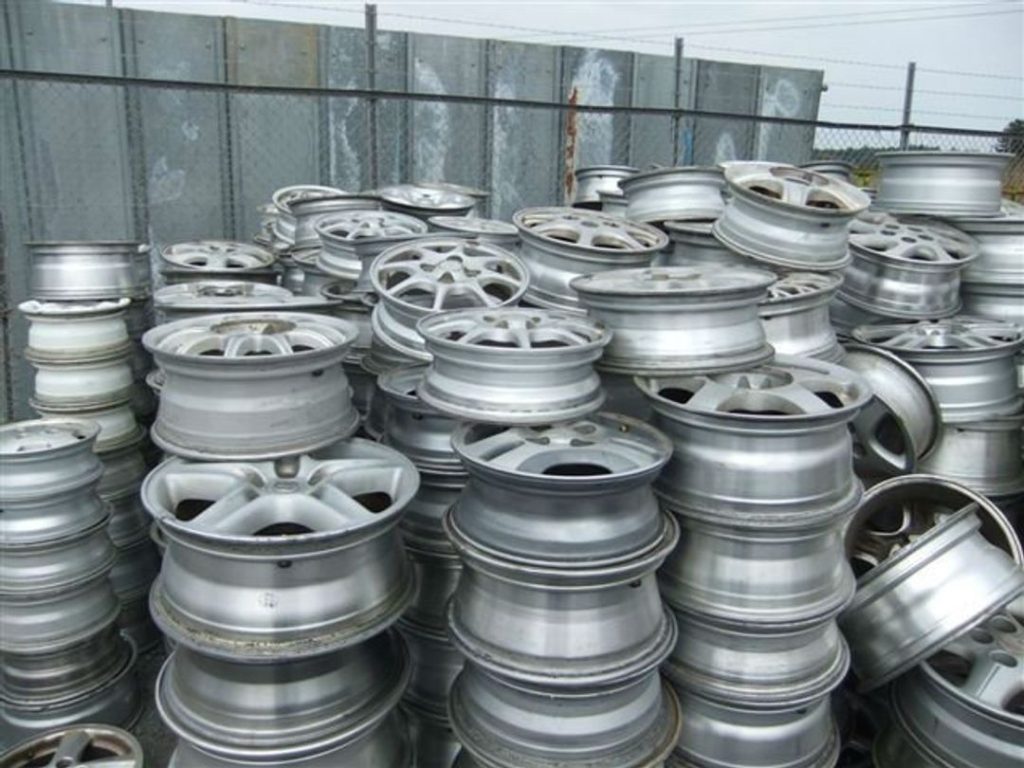
Mixed Aluminium Body Motors
Zinc Sheets
